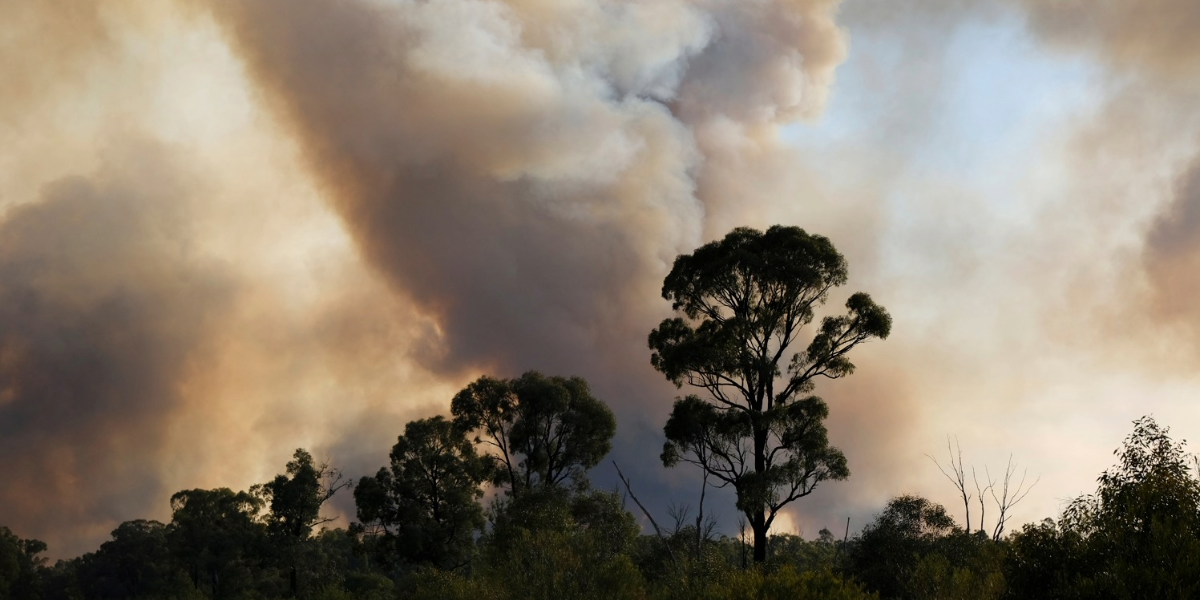Testing will soon begin on cutting-edge technology to improve early warnings about floods and bushfires in NSW.
The NSW Government this week launched a proof-of-concept phase as part of a $3.3 million election commitment to build a natural hazards detection system.
The testing will explore a range of scenarios to enhance the state’s response to natural hazards including innovative technology to detect floods and bushfires that can:
- support early identification of flood water across roads
- monitor rainfall and soil moisture data to predict floods
- identify fire ignitions in remote locations
- monitor soil moisture and fuel loads to support improved fire hazard reduction.
Individual grants of up to $50,000 will be awarded to successful applicants through the program to support the testing of technologies over a six-month period to demonstrate their feasibility and benefits.
The program delivers on an election commitment and is being led by the Office of the NSW Chief Scientist & Engineer (OCSE) in collaboration with the NSW Reconstruction Authority (RA).
The initiative directly responds to key recommendations from the 2020 Bushfire Inquiry and the 2022 Flood Inquiry, which called for the use of advanced detection systems to provide earlier warnings and give communities more time to respond to natural hazards.
Professor Hugh Durrant-Whyte, Office of the Chief Scientist and Engineer said they are investigating how cutting-edge technology can transform our response to natural hazards.
“By undertaking trials of groundbreaking technology solutions in real world conditions we will ensure that NSW residents are better prepared for natural hazards now and into the future”.
Businesses are encouraged to submit proposals addressing these challenges, with the potential to progress to the next stage of the program which includes scaling up and piloting technologies in real-world settings.
Applications for Phase 1 are open until early December. Grant recipients from Phase 1 will be eligible to apply for Phase 2 through a competitive process.
The outcomes of the pilot will help shape the design of a final product, ready for deployment in hazard-prone areas of NSW. For more information and to apply, visit: www.chiefscientist.nsw.gov.au/nhds.
Something going on in your part of the region you think people should know about? Send us a news tip or email newsdesk@netimes.com.au.

